

Articles
Lg Washer Making Loud Noise When Spinning
Modified: January 6, 2024
Is your LG washer making a loud noise when spinning? Read our helpful articles to troubleshoot and fix the issue.
(Many of the links in this article redirect to a specific reviewed product. Your purchase of these products through affiliate links helps to generate commission for Storables.com, at no extra cost. Learn more)
Introduction
Having a washing machine at home is undoubtedly a convenience, but it can be quite frustrating when it starts making loud noises during the spinning cycle. If you own an LG washer and are experiencing this issue, you’re not alone. Many LG washer owners have encountered noisy operation at some point.
A loud noise during the spinning cycle can be caused by various factors, from minor issues to more serious mechanical problems. Identifying the source of the noise and addressing it promptly can help prolong the life of your washer and ensure that your laundry experience remains peaceful and quiet.
In this article, we will explore the common causes of loud noise in LG washers and provide troubleshooting steps to help you resolve the issue. Whether you choose to tackle the problem yourself or enlist the help of a professional, understanding the possible reasons behind the noise will empower you to make an informed decision.
Disclaimer: If you are not comfortable or confident in performing any of the troubleshooting steps mentioned in this article, it is recommended to seek professional assistance to avoid any potential damage to your LG washer or personal injury.
Key Takeaways:
- Troubleshooting noisy LG washers involves inspecting components like drum bearings, drive belts, and shock absorbers. Regular maintenance and prompt repairs can restore quiet and efficient operation.
- If noisy operation persists, seek professional assistance to accurately diagnose and resolve the issue. Proper maintenance and prompt repairs can prolong the lifespan of your LG washer.
Common Causes of Loud Noise in LG Washers
When your LG washer starts making loud noises during the spinning cycle, it can be attributed to a variety of reasons. Understanding these common causes can help you narrow down the issue and take appropriate action:
- Unbalanced Load: One of the most common causes of a noisy LG washer is an unbalanced load. When the laundry is unevenly distributed in the drum, it can cause the washer to vibrate excessively and produce loud banging or thumping noises. Ensuring a properly balanced load is essential for smooth and quiet operation.
- Worn Out Drum Bearings: Over time, the drum bearings in your LG washer can degrade or become damaged, resulting in a loud grinding or rumbling noise during the spin cycle. If you suspect that worn-out drum bearings are the cause of the noise, it is advisable to seek professional assistance for their replacement.
- Loose or Damaged Drum Support Spider: The drum support spider is responsible for holding the inner drum in place. If it becomes loose or damaged, it can cause significant noise during the spinning cycle. A loose or broken drum support spider will require professional repair or replacement.
- Defective Drive Belt: The drive belt is responsible for transferring power from the motor to the drum of your LG washer. If the drive belt becomes worn out or stretched, it can cause loud squeaking or grinding noises. Inspecting and replacing a defective drive belt can resolve this issue.
- Faulty Motor or Motor Coupling: A malfunctioning motor or motor coupling can also lead to noisy operation. If the motor bearings are worn out or if the motor coupling is damaged, it can result in loud rattling or buzzing noises. Professional assistance may be necessary to diagnose and resolve motor-related issues.
- Issues with Shock Absorbers or Suspension Springs: The shock absorbers and suspension springs in your LG washer are designed to dampen vibrations and minimize noise during operation. If any of these components become worn out or damaged, they can cause excessive vibrations and loud banging sounds. Replacing faulty shock absorbers or suspension springs can solve this problem.
- Problems with the Drain Pump or Filter: The drain pump and filter in your LG washer can become clogged with debris or develop mechanical issues, leading to loud humming or buzzing noises. Regularly cleaning the drain pump and filter and replacing them if necessary can help maintain proper drainage and minimize noise.
- Malfunctioning Water Inlet Valve: If the water inlet valve in your LG washer is faulty, it can cause loud ticking or buzzing noises. The water inlet valve is responsible for controlling the flow of water into the washer. Professional repair or replacement may be required to address this issue.
Identifying the specific cause of the loud noise in your LG washer can be challenging, as it may require inspection and troubleshooting by a trained professional. However, understanding these common causes can help you communicate effectively with a technician and ensure a prompt resolution to the problem.
Troubleshooting Steps for a Noisy LG Washer
Experiencing a noisy LG washer during the spinning cycle can be disruptive and frustrating. Fortunately, there are several troubleshooting steps you can take to identify and resolve the issue. Keep in mind that before attempting any troubleshooting, it is essential to ensure your safety by disconnecting the washer from the power source.
- Check for Proper Installation and Leveling: Start by verifying that your LG washer is properly installed and leveled. Ensure that all four feet of the washer are firmly in contact with the floor and adjust them as needed. An improperly positioned or unbalanced washer can lead to excessive noise during operation.
- Inspect the Washer Drum and Tub: Carefully examine the drum and tub of your LG washer for any foreign objects, such as loose coins, buttons, or small hardware. These items can cause rattling or banging noises during the spin cycle. Remove any obstructions you find to restore smooth and quiet operation.
- Examine the Washer Belt: Inspect the drive belt of your LG washer for any signs of wear, damage, or stretching. A worn-out or loose drive belt can cause squeaking or grinding noises during operation. If necessary, replace the belt following the manufacturer’s instructions or seek professional assistance.
- Assess the Motor and Motor Coupling: Check the motor and motor coupling of your LG washer for any visible signs of damage or wear. Ensure that the motor is securely fastened in place. If you suspect any issues with the motor or motor coupling, it is recommended to consult a professional technician for further diagnosis and repair.
- Inspect the Shock Absorbers and Suspension Springs: Carefully examine the shock absorbers and suspension springs in your LG washer for any signs of damage, wear, or breakage. If these components are compromised, they can lead to excessive vibrations and loud banging noises. Replace any faulty shock absorbers or suspension springs as needed.
- Check the Drain Pump and Filter: Remove and inspect the drain pump and filter for any debris or clogs. Clear any obstructions you find, and ensure that the drain pump is functioning correctly. If the drain pump or filter is damaged or defective, consider replacing them to restore proper drainage and quiet operation.
- Examine the Water Inlet Valve: Inspect the water inlet valve of your LG washer for any signs of malfunction or damage. Ensure that the valve is clean and properly connected. If you suspect any issues with the water inlet valve, it is recommended to consult a professional technician for accurate diagnosis and repair.
- Assess the Washer Bearings: Though accessing and replacing the drum bearings in an LG washer can be complex, worn-out bearings are a common cause of loud noise during the spin cycle. If you have determined that the bearings are responsible for the noise, it is advisable to seek professional assistance to ensure proper replacement and prevent further damage.
Remember, if at any point you feel uncomfortable or unsure about performing any troubleshooting steps, it is best to seek professional help. An experienced technician will have the knowledge and expertise needed to accurately diagnose and resolve the issue with your LG washer.
By following these troubleshooting steps, you can effectively address the noise problem in your LG washer and restore quiet and smooth operation to enhance your laundry experience.
Check for Proper Installation and Leveling
When dealing with a noisy LG washer, the first step is to ensure that it is properly installed and leveled. An improperly installed or unbalanced washer can cause excessive vibrations and loud noises during the spinning cycle. Follow these steps to check for proper installation and leveling:
- Verify the Stability: Start by ensuring that your LG washer is placed on a solid and level surface. Uneven flooring can contribute to the washer’s instability and lead to increased vibrations. Use a leveling tool or a smartphone app to check the levelness of the machine.
- Adjust the Feet: If the washer is not level, adjust the feet accordingly. Begin by loosening the locking nuts on the front legs. Use a wrench or pliers to turn the feet clockwise to lower them or counterclockwise to raise them. Continue adjusting until all four legs are firmly touching the ground.
- Check for Stability: Once the feet are adjusted, gently rock the washer back and forth to check for stability. The washer should not wobble or move excessively. If it does, re-adjust the feet until it is stable.
- Use a Leveling Tool: Place a leveling tool, such as a bubble level, on the top surface of the washer. Check both the side-to-side and front-to-back orientations to ensure the bubble is centered. If it is not, make minor adjustments to the feet until the washer is level in all directions.
- Secure the Locking Nuts: Once the washer is leveled, tighten the locking nuts on the front legs to secure the adjusted position. This will help prevent the feet from moving and ensure the washer remains stable during operation.
- Test for Stability: Finally, run a test cycle with a small load of laundry to confirm that the washer remains stable and does not produce excessive vibrations or loud noises. If the noise persists, proceed to the next troubleshooting step to identify other possible causes.
Proper installation and leveling are crucial for the smooth and quiet operation of your LG washer. Taking the time to ensure that your washer is stable will not only help reduce noise but also prevent any potential damage to the machine or surrounding furniture.
If after following these steps, the noise continues, it may be necessary to move on to the next troubleshooting measures or seek professional assistance to diagnose and resolve the issue.
Inspect the Washer Drum and Tub
When your LG washer is making loud noises during the spinning cycle, it’s important to inspect the drum and tub for any potential issues. Over time, foreign objects or worn-out components can cause rattling or banging noises. Follow these steps to inspect the washer drum and tub:
- Disconnect the Power: Before inspecting the drum and tub, ensure the washer is unplugged from the power source. Safety should always be the top priority.
- Empty the Washer: Remove any clothing or items from the washer to provide better access to the drum and tub.
- Visually Inspect the Drum: Look inside the washer drum for any foreign objects that may have inadvertently found their way inside. Common items include loose change, buttons, or small hardware. If any objects are detected, carefully remove them to prevent damage to the drum and minimize noisy operation.
- Check the Drum Paddle or Agitator: If your LG washer has a drum paddle or agitator, examine it for signs of wear or damage. Loose or broken paddles can lead to erratic spinning and cause loud thumping noises. If necessary, replace the damaged drum paddle or agitator following the manufacturer’s instructions.
- Inspect the Tub Bearings: Worn-out tub bearings can be a common cause of loud noises in a washer. To check the tub bearings, first, rotate the drum manually. If you hear a grinding or rumbling sound, it may indicate that the bearings need to be replaced. Tub bearing replacement is a complex task that may require professional assistance.
- Listen for Unusual Sounds: While the washer drum is empty, gently spin it by hand to listen for any unusual sounds. If you hear scraping, grinding, or rubbing noises, it could indicate a problem with the drum or tub. In such cases, it is recommended to consult a professional technician to diagnose and resolve the issue.
Regularly inspecting the washer drum and tub for any issues can help prevent noisy operation and prolong the life of your LG washer. By addressing any foreign objects or component wear promptly, you can ensure that your washer continues to operate quietly and efficiently.
If you have completed the inspection and the noise persists, proceed to the next troubleshooting step to identify other possible causes or consider seeking professional assistance for further diagnosis and repair.
Read more: Washer Makes Noise When Agitating
Examine the Washer Belt
If your LG washer is making loud noises during the spinning cycle, it’s important to examine the washer belt. A worn-out or damaged belt can cause squeaking or grinding noises. Follow these steps to examine the washer belt:
- Disconnect the Power: Before inspecting the washer belt, make sure the appliance is unplugged from the power source to ensure your safety.
- Access the Belt: Locate the access panel at the back of your LG washer. Remove any screws or clips holding the panel in place to gain access to the belt.
- Inspect the Belt: Carefully examine the condition of the belt. Look for signs of wear, such as cracks, fraying, or stretches. Also, check for any debris or obstructions that may be stuck in the belt.
- Check the Belt Tension: The belt should be tight and properly tensioned. If it feels loose or saggy, it may need to be adjusted or replaced.
- Rotate the Drum: While observing the belt, manually rotate the drum to see if there are any issues with the belt’s alignment or movement. You should also listen for any unusual noises.
- Replace the Belt (If Necessary): If the belt shows significant wear or damage, it is advisable to replace it. Refer to the manufacturer’s instructions or seek professional assistance to ensure proper installation.
Regular inspection of the washer belt can help prevent noisy operation and ensure smooth functioning of your LG washer. If you notice any signs of wear or damage, it is recommended to replace the belt promptly to avoid further issues.
If, after examining the washer belt, the noise persists, proceed to the next troubleshooting step or consider seeking professional assistance for a more accurate diagnosis and appropriate repair.
Check for unbalanced loads in the washer drum. Make sure the machine is level and the load is evenly distributed. If the noise persists, it may be a sign of a worn-out drum bearing or drive pulley.
Assess the Motor and Motor Coupling
If your LG washer is producing loud rattling or buzzing noises during the spinning cycle, it’s important to assess the motor and motor coupling. A malfunctioning motor or damaged motor coupling can contribute to noisy operation. Follow these steps to assess the motor and motor coupling:
- Disconnect the Power: Before inspecting the motor and motor coupling, unplug the LG washer from the power source to ensure your safety.
- Locate the Motor: Identify the motor in your LG washer. It is usually located at the back or bottom of the machine, behind a panel. Remove any screws or clips securing the panel to access the motor area.
- Inspect the Motor: Carefully examine the motor for any visible signs of damage, such as loose connections, frayed wires, or burnt marks. Pay attention to any unusual smells or excessive heat coming from the motor as well.
- Check the Motor Coupling: The motor coupling connects the motor to the washer’s transmission. Inspect it for any signs of wear, cracks, or breakage. If the motor coupling is damaged, it can cause loud noises and affect the proper functioning of the washer.
- Tighten Loose Connections: If you notice any loose wires or connections on the motor, use a screwdriver or pliers to carefully tighten them. Ensure that all connections are secure and properly fastened.
- Seek Professional Assistance (If Necessary): If you suspect that the motor or motor coupling is the source of the noise, it is recommended to seek professional assistance. A trained technician will have the expertise to accurately diagnose the problem and perform the necessary repairs or replacements.
Assessing the motor and motor coupling is essential in determining the cause of the noise in your LG washer. Regular maintenance and inspection can help identify potential issues before they escalate and ensure the smooth operation of the appliance.
If you have completed the assessment and the noise persists, continue to the next troubleshooting step or consult a professional technician for further diagnosis and resolution of the issue.
Inspect the Shock Absorbers and Suspension Springs
If your LG washer is making loud banging sounds during the spinning cycle, the shock absorbers and suspension springs may be the culprits. These components are responsible for damping vibrations and maintaining stability. Follow these steps to inspect the shock absorbers and suspension springs:
- Disconnect the Power: Prior to inspecting the shock absorbers and suspension springs, ensure that the washer is unplugged to avoid any potential electrical hazards.
- Access the Shock Absorbers and Suspension Springs: Locate the access panel at the bottom or rear of your LG washer. Remove any screws or clips securing the panel to gain access to the components.
- Inspect the Shock Absorbers: Examine the shock absorbers for any signs of damage, such as leaks, cracks, or deformities. If any of the shock absorbers appear to be faulty or worn out, they may need to be replaced.
- Check the Suspension Springs: Inspect the suspension springs for signs of wear or damage, such as stretching, breakage, or sagging. If the springs show these signs, they may need to be replaced to restore proper balance and reduce noise.
- Ensure Proper Alignment: While inspecting the shock absorbers and suspension springs, ensure that they are properly aligned and securely attached to the washer frame. Loose or misaligned components can contribute to excessive noise during operation.
- Replace Faulty Components (If Necessary): If you find any damaged or worn-out shock absorbers or suspension springs, it is advisable to replace them. Purchase genuine replacement parts from authorized dealers or consult a professional technician for assistance.
Inspecting the shock absorbers and suspension springs can help identify any issues contributing to the loud banging noises in your LG washer. Regular maintenance and prompt replacement of faulty components can restore quiet and smooth operation.
If you have completed the inspection and the noise persists, continue to the next troubleshooting step or consider seeking professional assistance for further diagnosis and resolution of the issue.
Check the Drain Pump and Filter
If your LG washer is producing loud humming or buzzing noises, it’s crucial to inspect the drain pump and filter. Clogs or malfunctioning components in these areas can lead to noisy operation. Follow these steps to check the drain pump and filter:
- Disconnect the Power: Before inspecting the drain pump and filter, unplug the LG washer to ensure your safety.
- Locate the Drain Pump and Filter: The drain pump and filter are typically found at the front or bottom of the washer. Refer to your LG washer’s manual to locate the specific location of these components.
- Remove the Filter Access Panel: Use a screwdriver or other appropriate tool to remove the panel covering the drain pump and filter.
- Inspect the Drain Pump: Carefully examine the drain pump for any visible signs of damage, such as cracks or leaks. Check the impeller, which is responsible for pumping out the water, to ensure that it is not clogged or stuck. Clear any debris that may be blocking the impeller.
- Clean or Replace the Filter: Remove the filter and wash it thoroughly to remove any dirt, lint, or debris trapped in it. If the filter is damaged or worn out, it is advisable to replace it with a new one to maintain proper drainage.
- Ensure Proper Drainage: Check the drain hose connected to the pump for any kinks, bends, or obstructions that may impede proper water flow. Straighten the hose or remove any debris to ensure unrestricted drainage.
- Test for Noise: Once you have inspected and cleaned the drain pump and filter, run a test cycle to check if the noise has been resolved. If the noise persists, there may be other underlying issues.
Regularly checking and cleaning the drain pump and filter can help prevent noisy operation and ensure proper water drainage in your LG washer. Clearing any obstructions and maintaining these components will contribute to quiet and efficient washing cycles.
If you have completed these steps and the noise continues, proceed to the next troubleshooting measure or consider seeking professional assistance for further diagnosis and resolution of the issue.
Read more: Washer Makes Noise When Spinning
Examine the Water Inlet Valve
If you’re experiencing loud ticking or buzzing noises in your LG washer, it’s important to examine the water inlet valve. A malfunctioning or damaged water inlet valve can contribute to noisy operation. Follow these steps to examine the water inlet valve:
- Disconnect the Power: Before inspecting the water inlet valve, unplug the LG washer from the power source for safety.
- Locate the Water Inlet Valve: The water inlet valve is typically located at the back of the washer, connected to the water supply hoses. Refer to your LG washer’s manual to find the exact location of the valve.
- Inspect the Water Inlet Valve: Carefully examine the water inlet valve for any visible signs of damage, such as cracks or leaks. Check the valve’s connections to ensure they are secure and not loose.
- Clean the Water Inlet Valve: Use a soft brush, such as a toothbrush, to gently clean any dirt or debris that may have accumulated on the valve. Ensure that all the openings and passages are free from blockages.
- Check the Valve’s Solenoids: The water inlet valve consists of solenoids that control the flow of water into the washer. Check these solenoids for any signs of malfunction, such as buzzing or irregular sounds. Faulty solenoids may require professional assistance to repair or replace.
- Verify Water Pressure: Ensure that the water supply to the washer is adequately pressurized. Low water pressure can result in ticking or buzzing noises from the water inlet valve. If you suspect low water pressure, consult a professional plumber to address the issue.
- Test for Noise: After examining and cleaning the water inlet valve, run a test cycle to check if the noise has been resolved. If the noise persists, it is recommended to proceed to the next troubleshooting step or consider seeking professional assistance.
Regularly examining and maintaining the water inlet valve can help prevent noisy operation and ensure proper water supply to your LG washer. Cleaning any debris and addressing any valve-related issues will contribute to quiet and efficient washing cycles.
If you have completed these steps and the noise continues, proceed to the next troubleshooting measure or consider seeking professional assistance for further diagnosis and resolution of the issue.
Assess the Washer Bearings
If your LG washer is producing loud grinding or rumbling noises during the spinning cycle, it’s essential to assess the washer bearings. Worn-out or damaged bearings can contribute to noisy operation. Follow these steps to assess the washer bearings:
- Disconnect the Power: Before inspecting the washer bearings, unplug the LG washer from the power source to ensure your safety.
- Access the Bearings: Depending on the model of your LG washer, accessing the bearings may vary. Refer to your washer’s manual for instructions on how to access and inspect the bearings.
- Rotate the Drum: While manually rotating the drum, listen for any grinding or rumbling sounds. These noises indicate that the bearings may be worn out and in need of replacement.
- Check for Excessive Movement: If the drum shakes excessively or moves loosely when rotated, it can be a sign of worn-out bearings. Loose bearings can cause loud noises and affect the overall performance of the washer.
- Seek Professional Assistance: Assessing and replacing the washer bearings can be a complex task that requires specialized tools and expertise. It is recommended to consult a professional technician to accurately diagnose and resolve bearing-related issues.
- Replace Worn-Out Bearings: If it is determined that the bearings are indeed the source of the noise, they will need to be replaced. It is crucial to use genuine replacement bearings and follow the manufacturer’s guidelines for proper installation.
Assessing the washer bearings is crucial in identifying the cause of loud noises in your LG washer. While it may require professional assistance, prompt diagnosis and replacement of worn-out bearings can restore quiet and smooth operation.
If you have completed these steps but the noise persists, it is recommended to consult a professional technician for further diagnosis and resolution of the issue.
Conclusion
A noisy LG washer during the spinning cycle can disrupt your laundry routine and indicate underlying issues. By troubleshooting the common causes of loud noise and taking appropriate actions, you can restore quiet and efficient operation to your washer.
Throughout this article, we explored various possible causes of noisy operation in LG washers, including unbalanced load, worn-out drum bearings, loose or damaged drum support spider, defective drive belt, malfunctioning motor or motor coupling, faulty shock absorbers or suspension springs, problems with the drain pump or filter, and malfunctioning water inlet valve.
To troubleshoot these issues, we provided step-by-step instructions for checking proper installation and leveling, inspecting the washer drum and tub, examining the washer belt, assessing the motor and motor coupling, inspecting the shock absorbers and suspension springs, checking the drain pump and filter, inspecting the water inlet valve, and assessing the washer bearings.
While some troubleshooting steps can be performed by homeowners themselves, it’s important to note that if at any point you feel uncomfortable or unsure, seeking professional assistance is always a viable option to avoid further damage or risk of injury.
Regular maintenance and inspections, along with quick resolution of any identified issues, can help prolong the lifespan of your LG washer and ensure a peaceful laundry experience for years to come.
Remember, if you have completed the troubleshooting steps and the noise persists, it is recommended to consult a professional technician. They have the knowledge and expertise to accurately diagnose and resolve the issue, ensuring the optimal performance of your LG washer.
By following these troubleshooting steps and being proactive in maintaining your LG washer, you can minimize noise and ensure smooth and efficient laundry cycles, allowing you to enjoy the convenience and peace of mind that comes with a properly functioning washing machine.
Frequently Asked Questions about Lg Washer Making Loud Noise When Spinning
Was this page helpful?
At Storables.com, we guarantee accurate and reliable information. Our content, validated by Expert Board Contributors, is crafted following stringent Editorial Policies. We're committed to providing you with well-researched, expert-backed insights for all your informational needs.
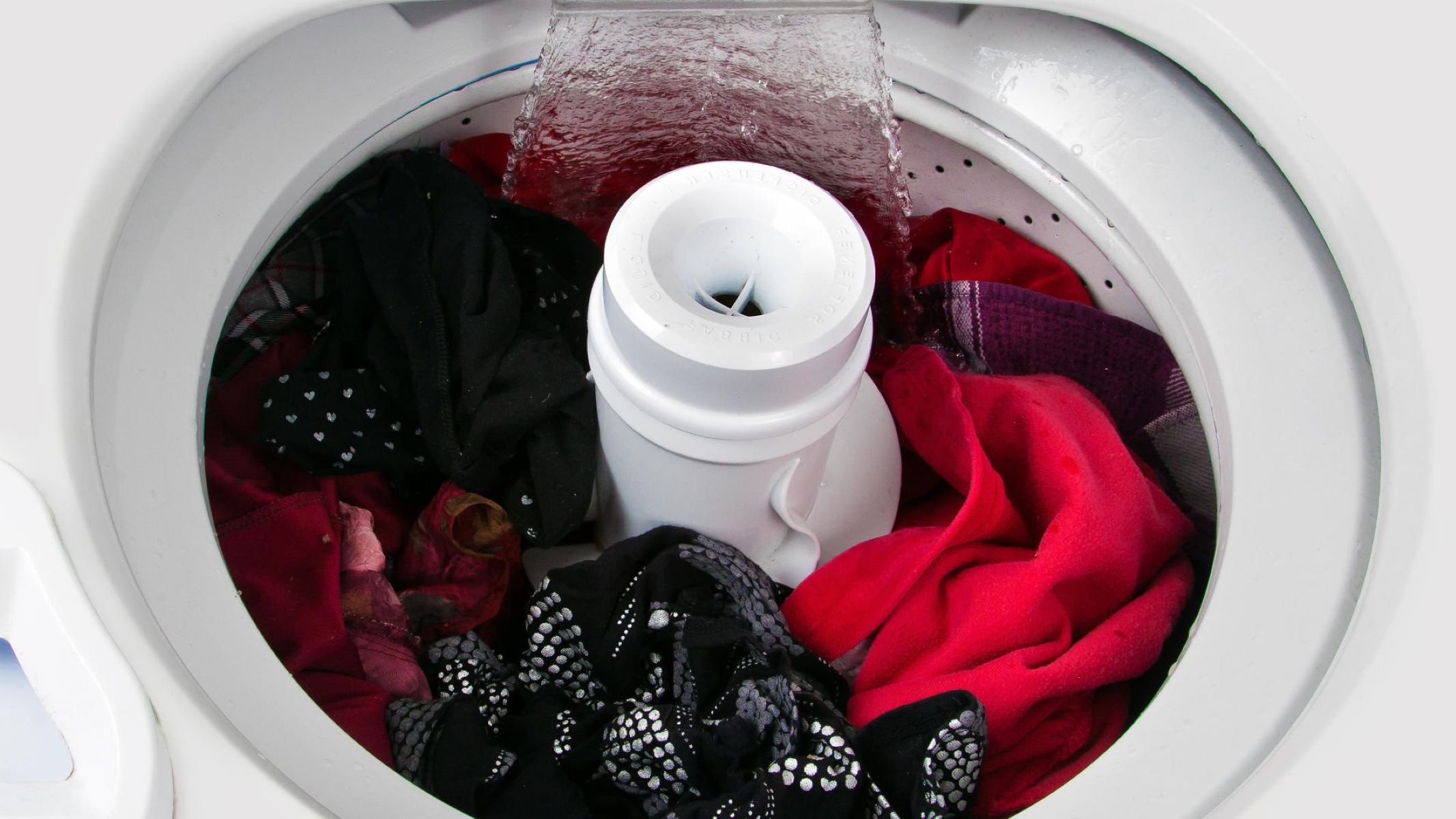

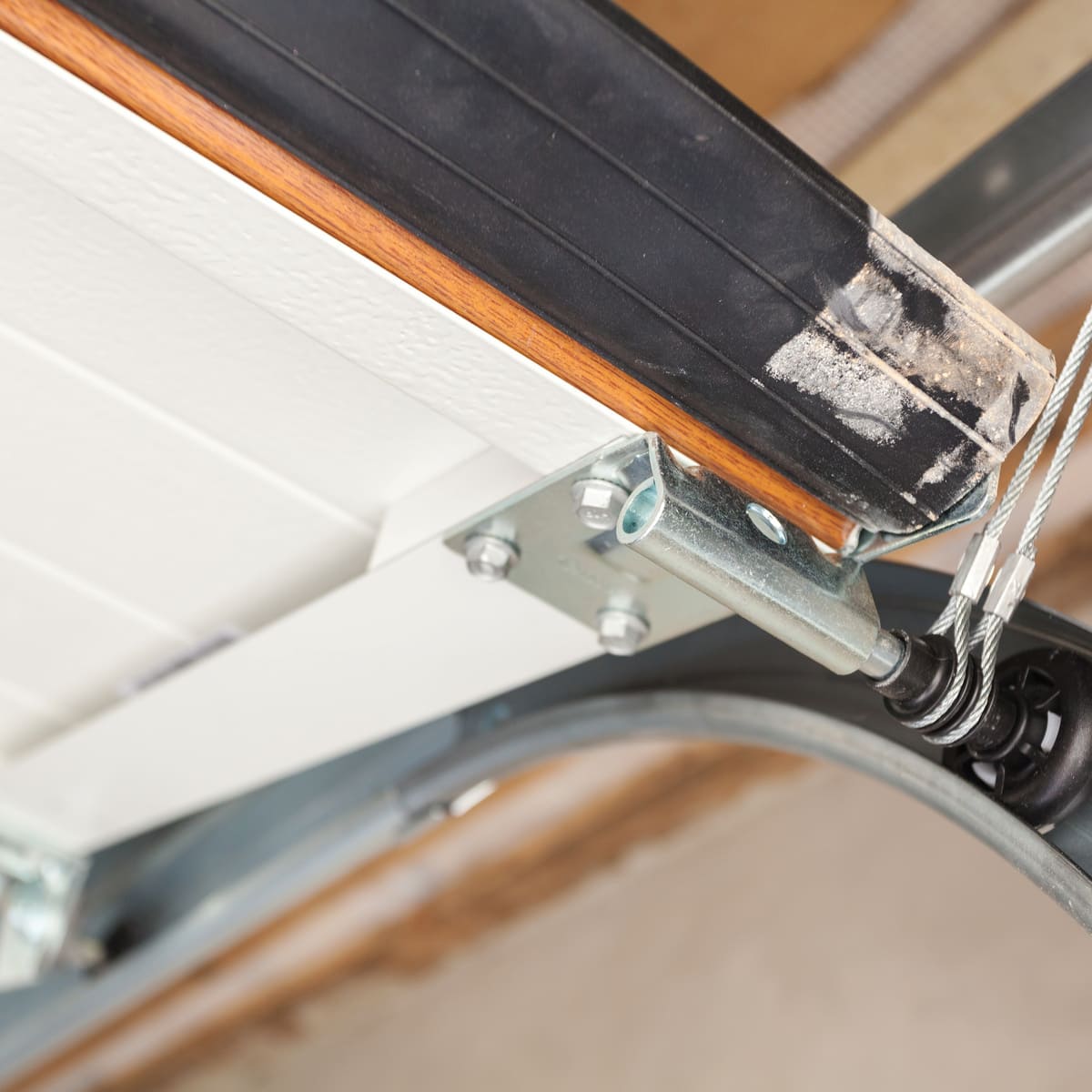

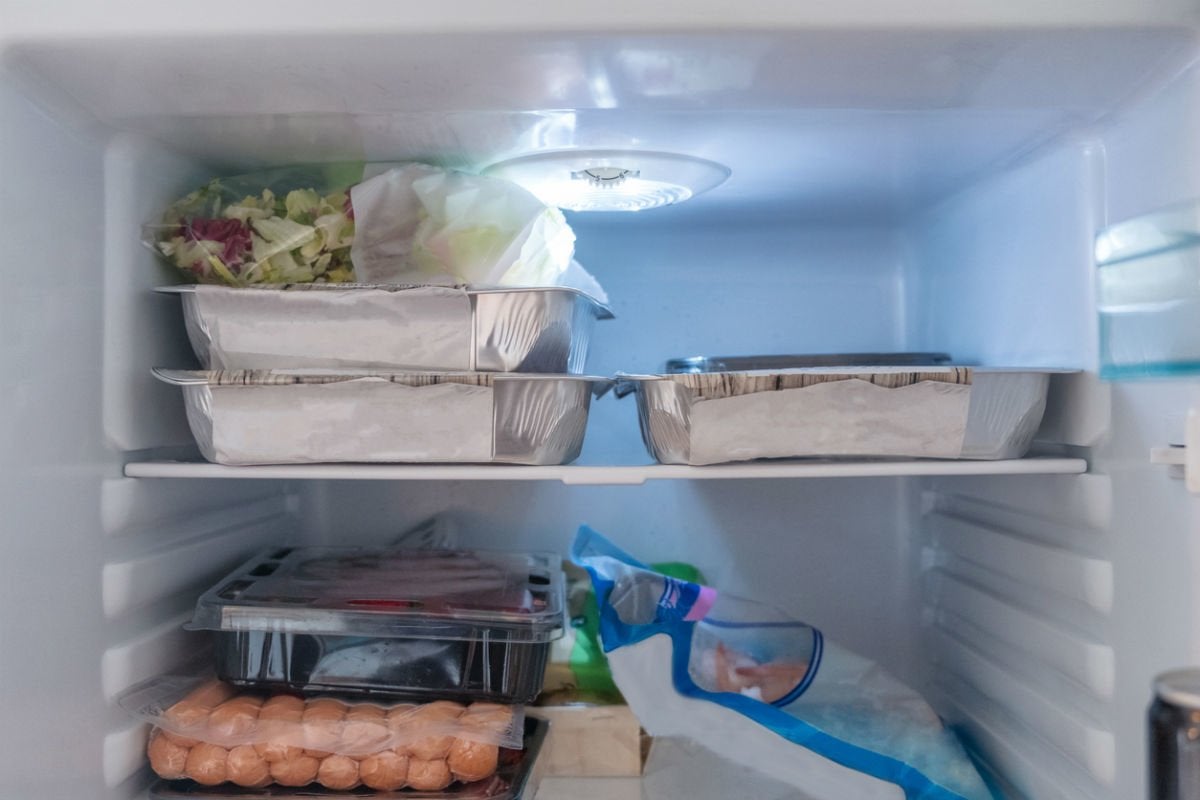
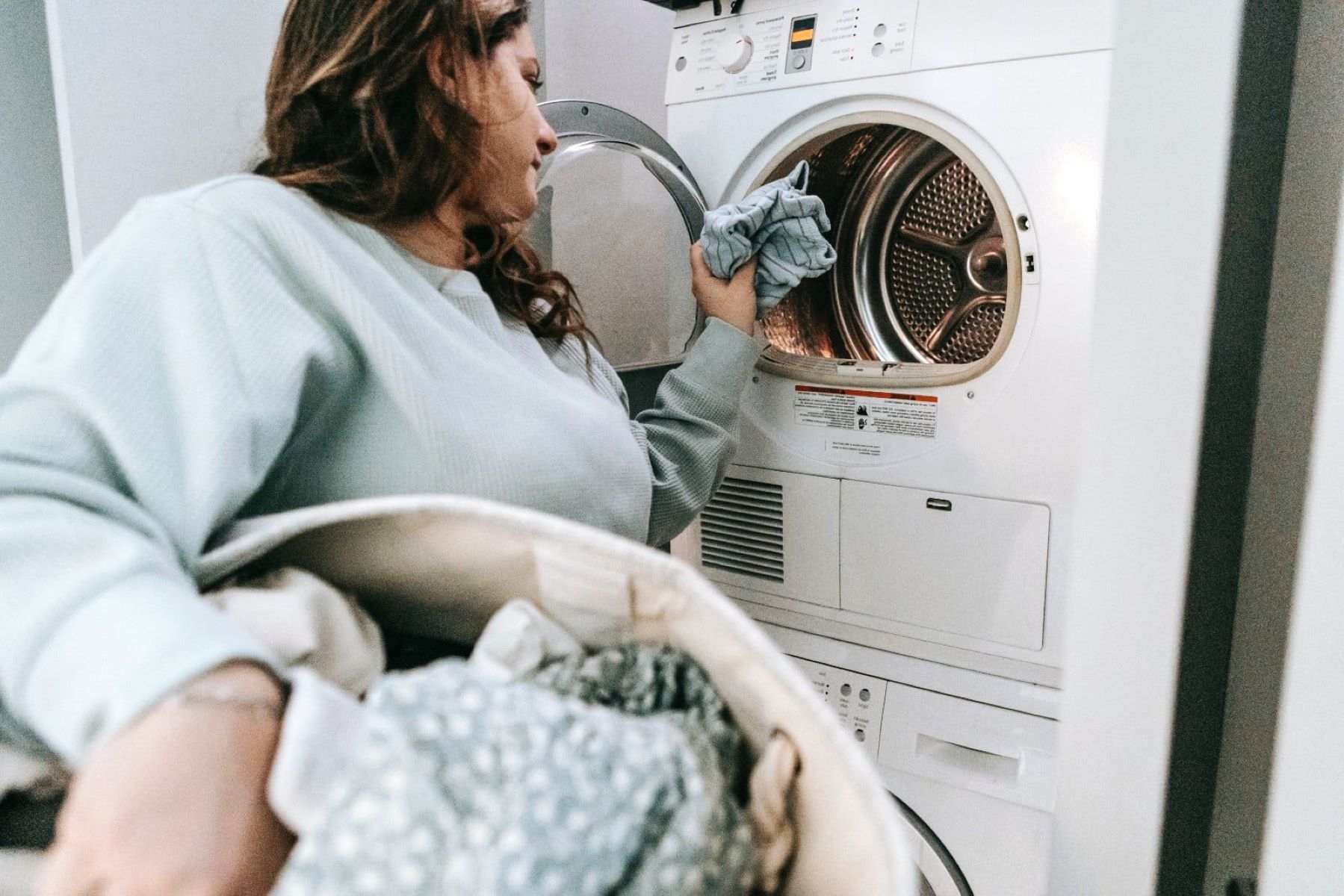
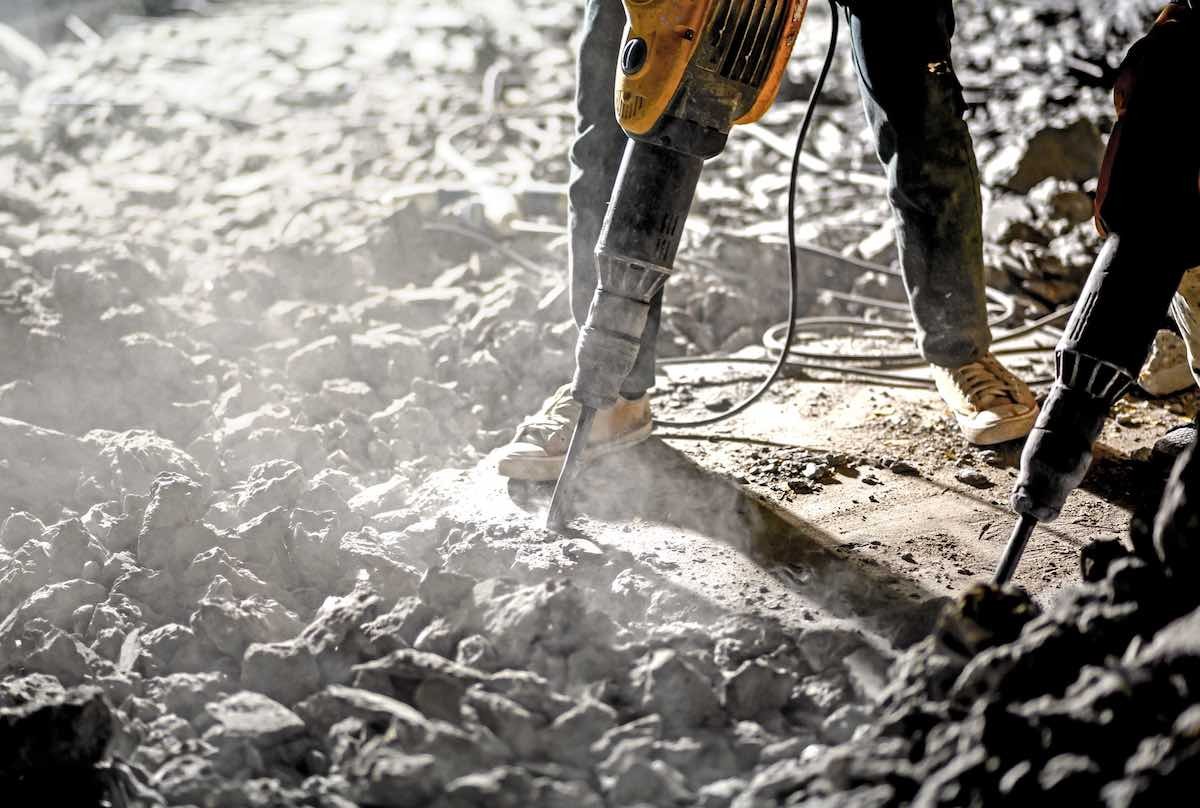
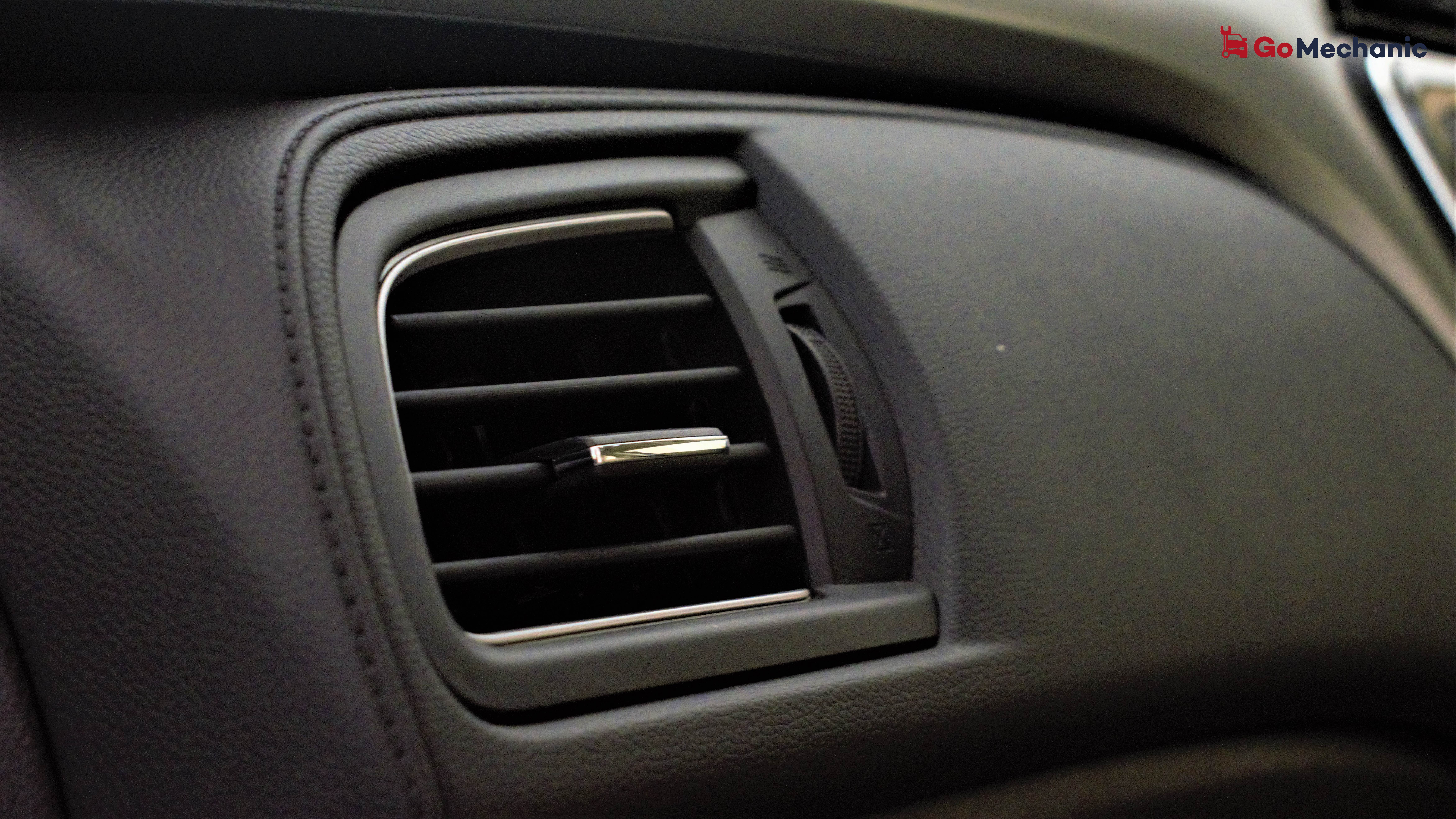
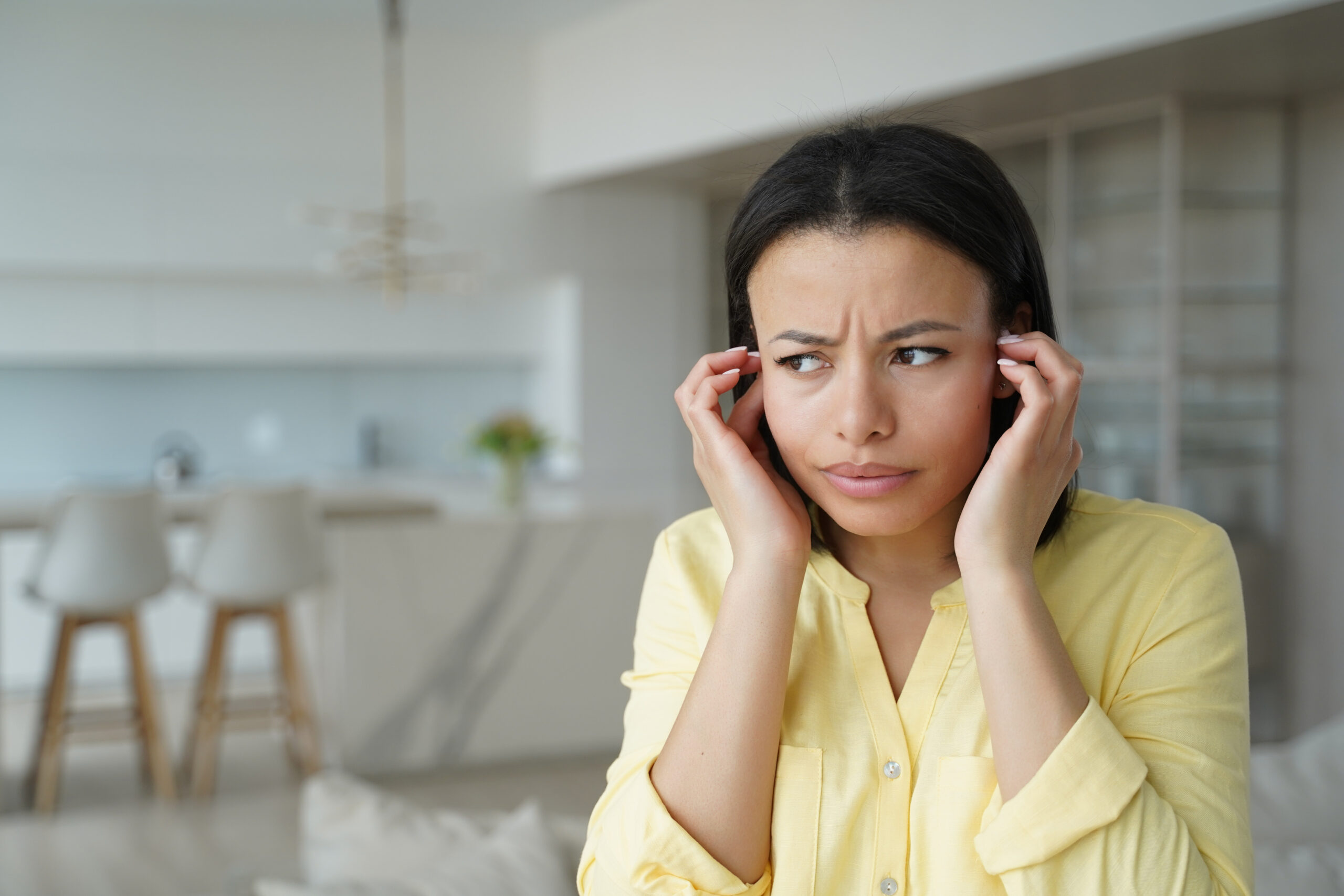
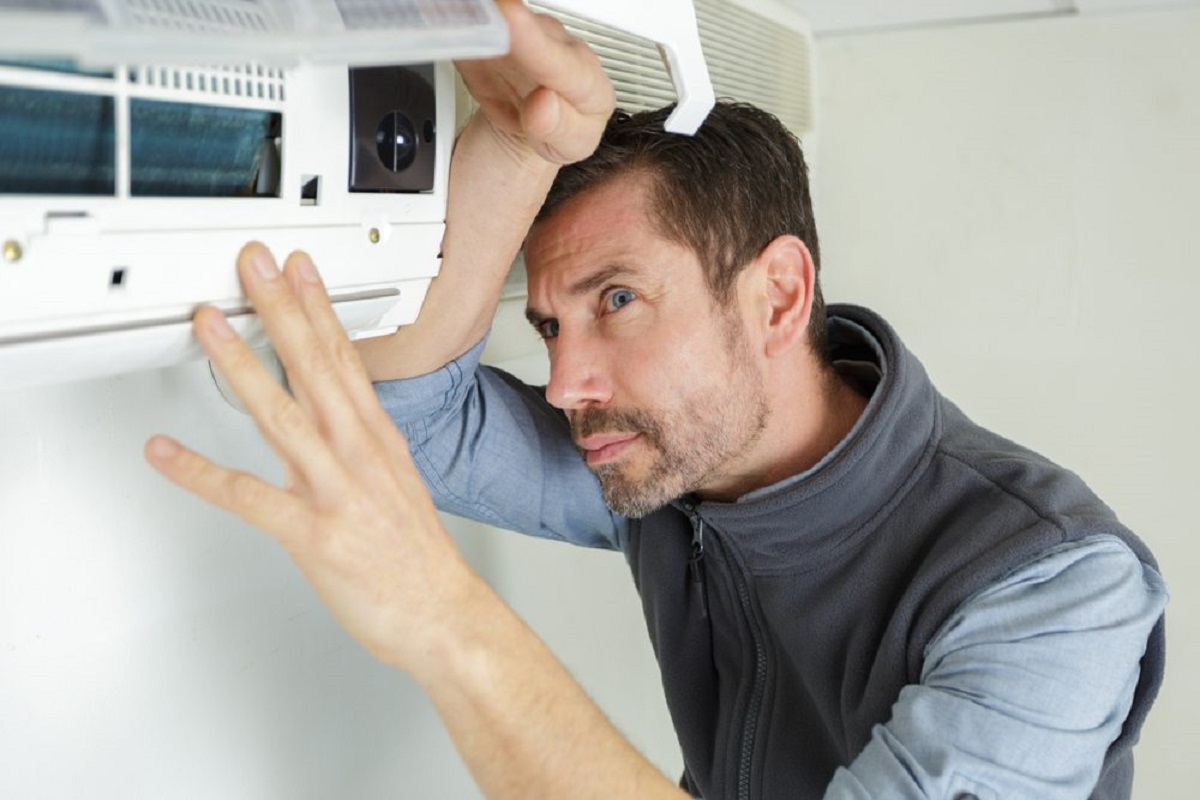
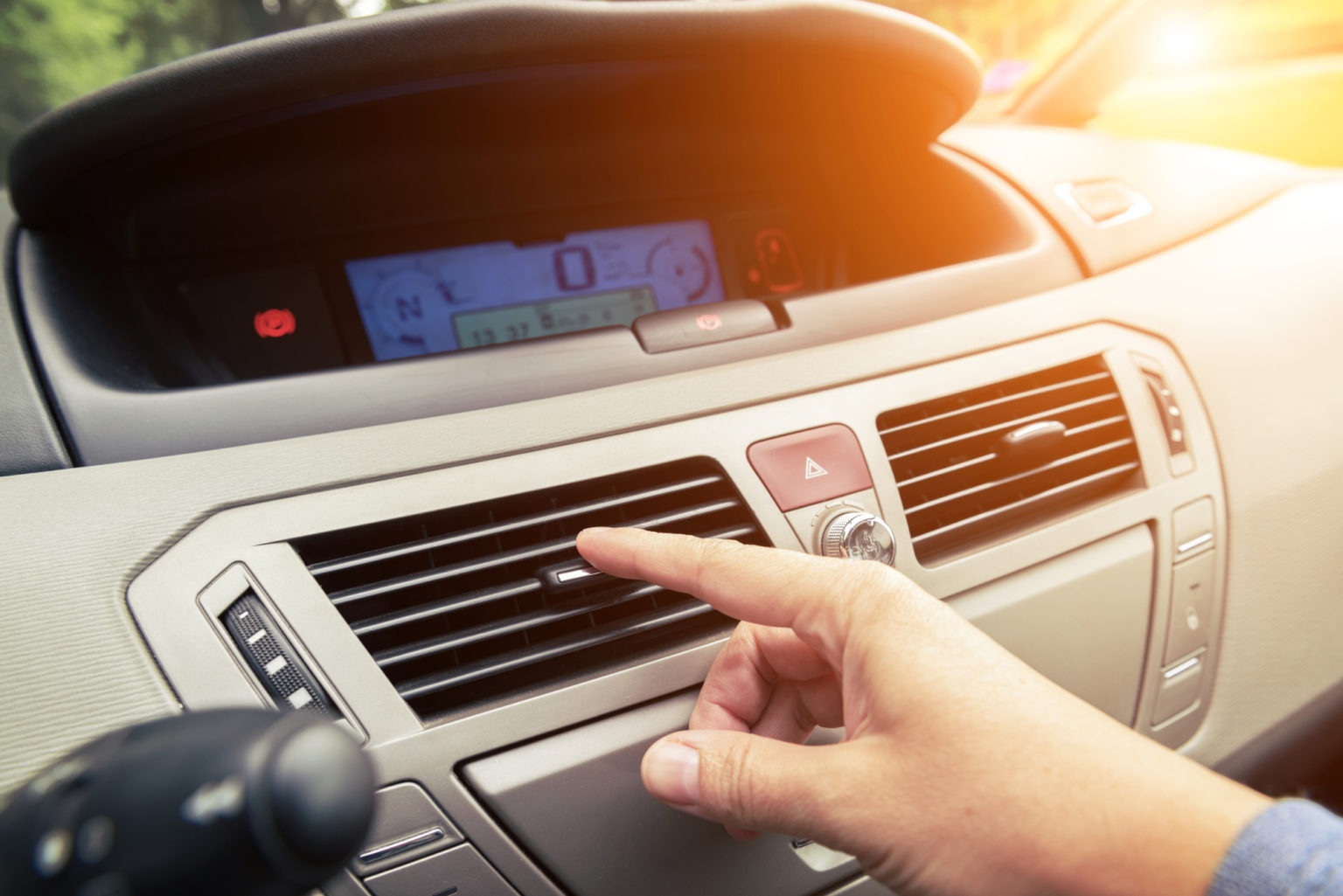

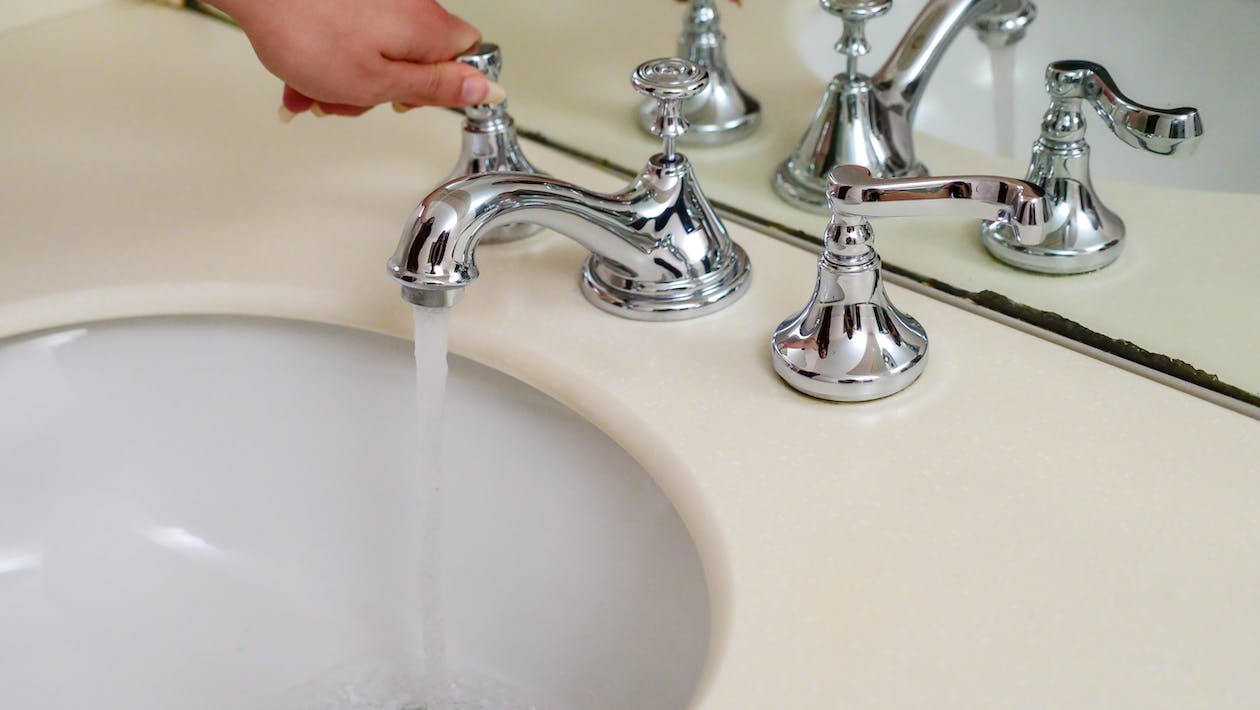

0 thoughts on “Lg Washer Making Loud Noise When Spinning”